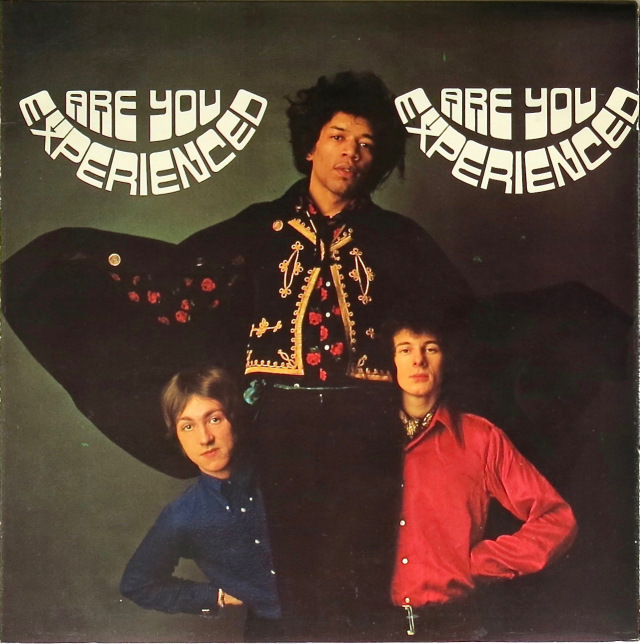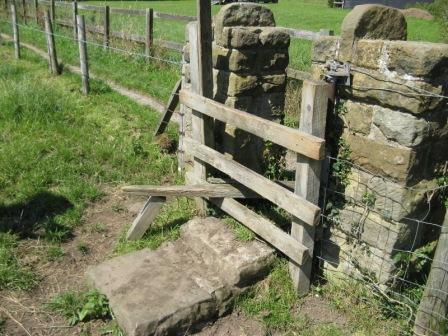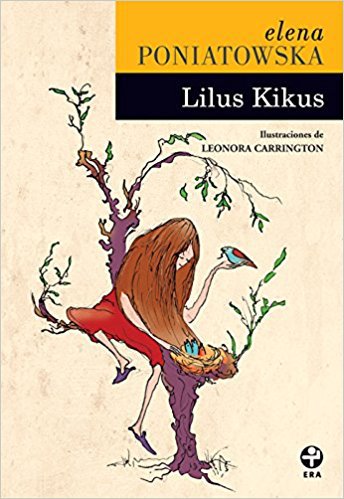Every Wednesday morning, I write about good people who are giving of themselves, their time, their money, or whatever resources they have to help others. Some weeks I write about millionaire philanthropists, or foundations, other weeks, average, everyday people like you and me who are doing small things that make big differences in the lives of others. Today I would like to introduce you to a pair of doctors, Dr. Sanduk Ruit, a Nepalese eye surgeon, and Dr. Geoffrey Tabin, an American eye surgeon and world-renowned mountain climber.
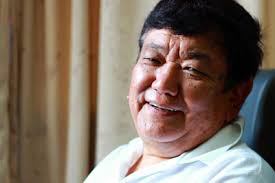

Together, these two eye surgeons have restored sight to more than 150,000 patients in 24 countries. Doctors they’ve trained have restored sight to 4 million more. They are on a mission to completely eradicate preventable and curable blindness in the developing world, and they have made a great start.
In 1995, Drs. Ruit and Tabin founded the Himalayan Cataract Project, which began as a small outpatient clinic in Kathmandu. It has since spread throughout the Himalayas and across Sub-Saharan Africa, providing education and training for local eye-care professionals, and has overseen around 500,000 low-cost, high-quality cataract surgeries.
Dr. Ruit was responsible for developing a simplified technique for cataract surgery that costs only $25 and has nearly a 100% success rate. His method is now even taught in U.S. medical schools, though in the U.S. you will not find cataract surgery for $25.
In 2015, Nicholas Kristof of the New York Times visited Dr. Ruit in Hatauda, in southern Nepal, and observed the process. The patient was a 50-year-old woman, Thuli Maya Thing, who, blinded by cataracts for several years has been unable to work. “I can’t fetch firewood or water. I can’t cook food. I fall down many times. I’ve been burned by the fire. I will be able to see my children and husband again — that’s what I look forward to most.” The process to remove Thuli’s cataracts and replace them with new lenses took about five minutes per eye. When the bandages came off the next day, her vision tested at 20/20!
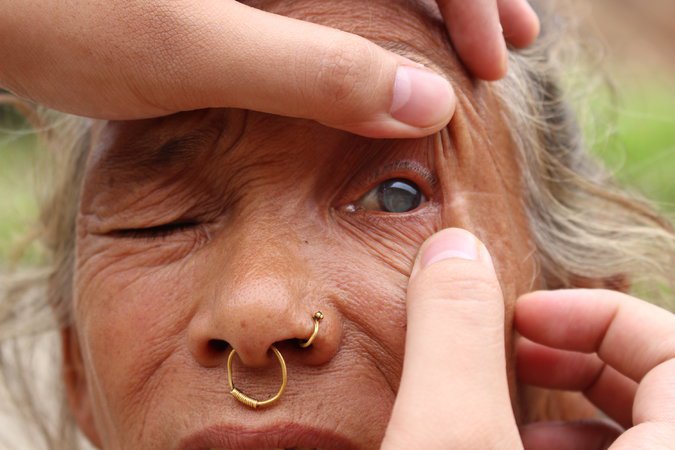
Thuli Maya Thing
In the United States, cataract surgery is typically performed with complex machines and costs upward of $5,000. When asked in a 2013 interview with Prospero of The Economist why the surgery the same procedure could not be replicated in the U.S., he answered …
“In America we do not have a health-care system, we have a crisis-intervention system where everyone demands and expects the best possible outcome and looks for someone to blame if things are not perfect. We have so much wasted time, so many middle men, redundancies, third-party payers, legal issues.”
All of the Himalayan Cataract Project’s facilities strive to be completely financially self-sustaining through a unique cost-recovery program in which the wealthy patients subsidize the poor patients. One third of the patients pay the full $100 for a complete work-up, modern cataract surgery, and all post-operative care. Twenty percent of the patients pay a smaller amount based on what they are able to pay. The remaining third of the patients receive the cataract surgical care entirely free. With this model, the facilities are able to cover all costs.
Additionally, the doctors have created a system whereby everyone works up to their potential and no one does anything a person with less training can do. This maximizes the most expensive element, which is the time of the doctors and nurses. They have also been able to bring down the material costs through local manufacturing and elimination of waste. Imagine if these methods were used in the industrialized world … we would not need the ongoing healthcare debate we are perpetually undergoing in the U.S.!
 Journalist David Oliver Relin shadowed the doctors for nearly two years, an effort that culminated in the book Second Suns, published in June 2013, about the heroic accomplishments of the two doctors. Sadly, the author committed suicide in November 2012 due to controversies over another book he wrote, Three Cups of Tea. I have not read Second Suns, but took a quick glance at the sample on my Kindle, and it seems well worth the read.
Journalist David Oliver Relin shadowed the doctors for nearly two years, an effort that culminated in the book Second Suns, published in June 2013, about the heroic accomplishments of the two doctors. Sadly, the author committed suicide in November 2012 due to controversies over another book he wrote, Three Cups of Tea. I have not read Second Suns, but took a quick glance at the sample on my Kindle, and it seems well worth the read.
I had a good chuckle over a story related by Dr. Tabin:
“One story I enjoyed learning from the book was that Dr Ruit had tried to get rid of me by sending me to work in Biratnagar, Nepal, during the monsoon. At the time I thought I was needed there but in fact it was because he found my enthusiasm annoying. He was sure that the 40-degree heat with 99% humidity and lots of biting insects, plus the difficult state of the hospital, would send me scurrying back to America.”
In developing nations, suffering from blindness affects not only the blind person but also members of his/her family. Where there are few paved roads and where terrain is rugged and mountainous, a blind person has incredible difficulty moving around and depends on a caretaker. There are no social services available to the blind, and individuals who are blind cannot contribute to family income. A blind person, unable to care for themselves in such a harsh environment requires the help of a family member, which essentially takes two people out of being able to contribute to family income, or community life. With sight restored, many patients would be able to return to work and to traditional roles in their families and societies. Drs. Ruit and Tabin have dedicated their lives to restoring sight to blind people in some of the most isolated, impoverished reaches of developing countries in the Himalaya and Sub-Saharan Africa.
Last Sunday, 16 April, the two doctors were featured on CBS’ 60 Minutes and it is well worth checking out!
I have tremendous admiration and respect for these two men, and they are certainly prime examples of good people who are doing good things for others. I have included a few links below … I think you would especially enjoy the article written two years ago by Nicholas Kristof which includes a short video. Hats off to Dr. Sanduk Ruit and Dr. Geoffrey Tabin!
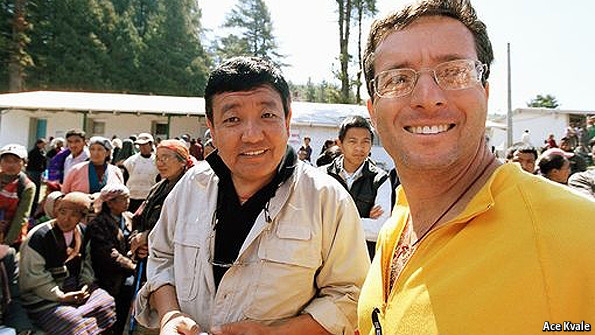
Nicholas Kristoff Article
Interview with The Economist
Himalayan Cataract Project
Share this:
